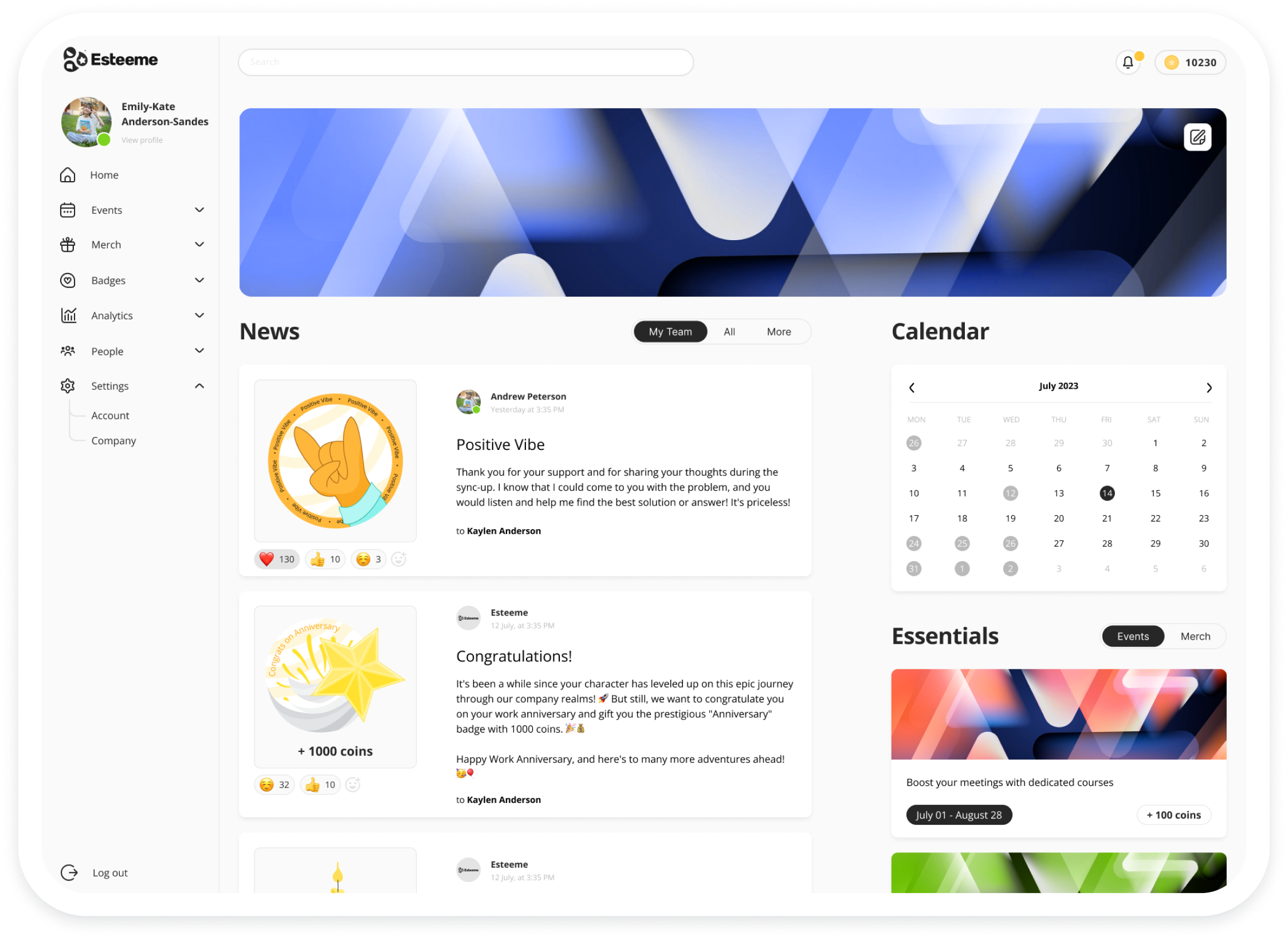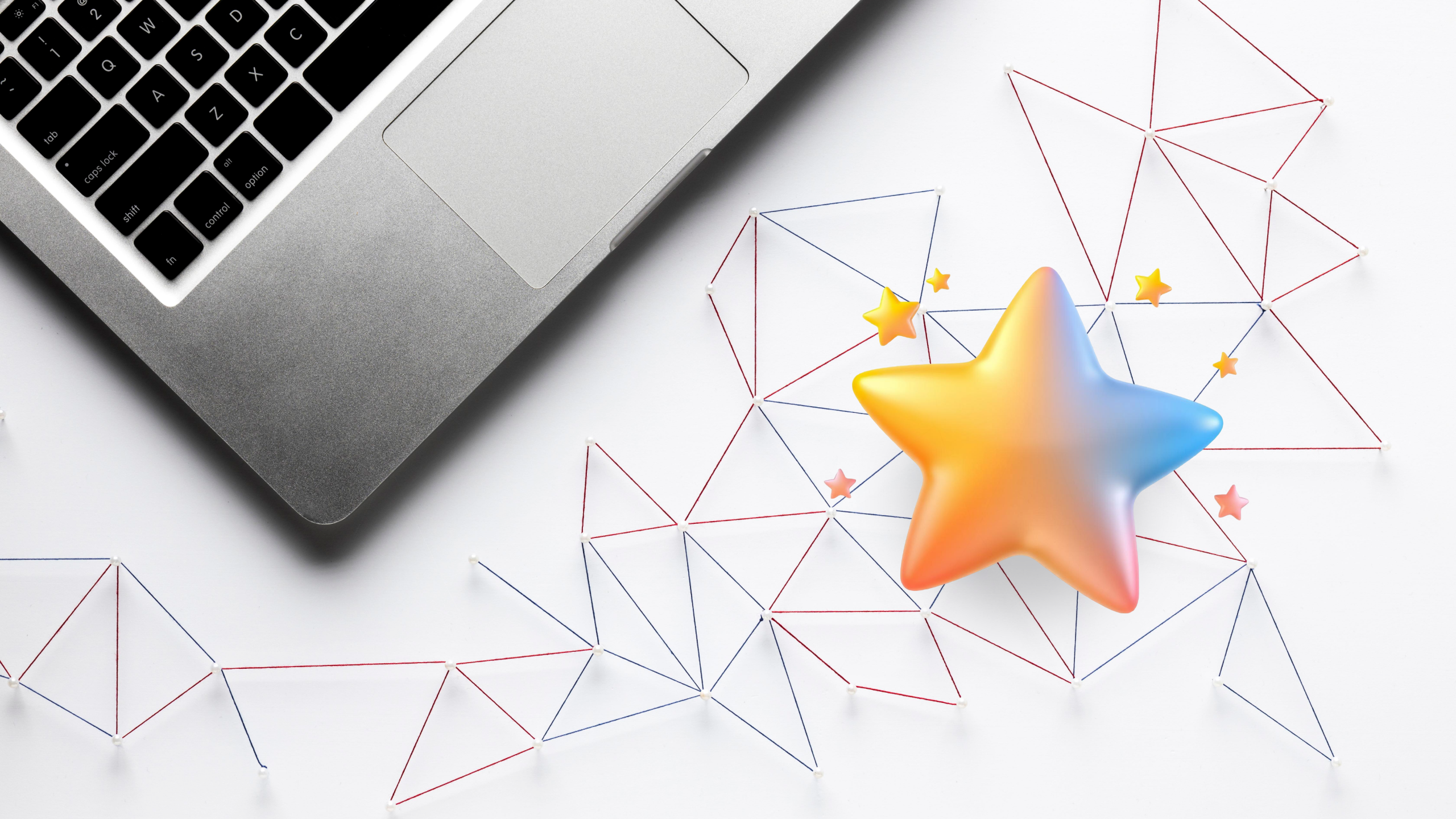Choosing Employee Rewards and Recognition Software
Employee recognition is a vital aspect of any successful organization. It not only boosts employee morale and engagement but also enhances productivity and retention. To effectively recognize and reward employees, many companies are turning to employee rewards and recognition software. This article will guide you through the process of choosing the right software for your organization's needs, ensuring that you make an informed decision.
Understanding the Importance of Employee Recognition
Employee recognition is more than just a pat on the back; it is a crucial element in fostering a positive work culture and motivating employees. Recognized employees feel valued and appreciated, leading to increased job satisfaction and commitment. Furthermore, recognition programs help to reinforce desired behaviors and align them with organizational goals. To fully understand the impact of employee recognition, it is vital to invest in high-quality software that can efficiently manage and track recognition initiatives.
Employee recognition can take many forms, from public praise during team meetings to formal awards ceremonies. However, it is essential to tailor the recognition to the individual preferences of each employee to ensure its effectiveness. Some employees may prefer public acknowledgment, while others may value a private note of appreciation. Understanding these preferences can enhance the impact of recognition efforts and make employees feel truly valued.
Key Features to Look for in Reward Software
When selecting employee rewards and recognition software, it is essential to consider the following key features:
Easy-to-use interface: The software should have a user-friendly interface that allows both administrators and employees to navigate effortlessly.
Multiple recognition options: Look for software that provides various ways to recognize employees, such as peer-to-peer recognition, manager recognition, and milestone celebrations.
Customization capabilities: The ability to customize the software to align with your organization's unique needs and branding is crucial.
Real-time feedback: The software should enable real-time feedback and instant recognition, ensuring timely acknowledgment of employee achievements.
Rewards catalog: A comprehensive rewards catalog with a wide range of meaningful rewards allows employees to choose rewards that are personally significant.
Moreover, when delving into the realm of reward software, it is worth exploring additional features that can enhance the overall employee experience. One such feature is integration with performance management systems, which can provide a holistic view of an employee's performance and align rewards with specific goals and achievements.
Furthermore, advanced analytics capabilities within the software can offer valuable insights into employee engagement levels, reward preferences, and the overall effectiveness of the recognition programme. This data-driven approach can help organisations tailor their reward strategies to maximise employee motivation and satisfaction.
Integrating Software with Existing HR Systems
Seamless integration with your existing HR systems is vital for efficient data management and reporting. The software should be able to integrate with HR software, such as performance management systems and employee databases, to ensure accurate and up-to-date information. Integration eliminates manual data entry, reduces administrative work, and streamlines the recognition process.
When considering the integration of software with existing HR systems, it is important to assess the compatibility of the systems involved. Different HR software may have varying data formats, structures, and protocols, which can pose challenges during integration. It is crucial to conduct a thorough analysis of the systems to identify any potential conflicts and develop a comprehensive integration plan to address them effectively.
Furthermore, seamless integration can enhance the overall user experience by providing a unified platform for accessing HR-related information. Employees can benefit from a consolidated view of their performance evaluations, training records, and other relevant data within a single interface. This not only improves efficiency but also promotes transparency and accountability within the organisation.
Budgeting for Employee Recognition Initiatives
Before choosing rewards and recognition software, it is essential to establish a budget for your employee recognition initiatives. Determine how much you can allocate for recognition activities, including the software itself. Consider the expected return on investment when determining your budget, as effective recognition programs contribute to increased productivity, improved employee satisfaction, and reduced turnover.
When setting a budget for employee recognition, it's crucial to take into account the size of your organisation and the number of employees you have. Larger companies may need to allocate more resources towards recognition initiatives to ensure all employees feel valued and appreciated. On the other hand, smaller businesses with fewer employees may be able to focus on more personalised and intimate recognition efforts.
Furthermore, it's important to consider the different types of recognition activities you plan to implement, such as peer-to-peer recognition, service awards, or performance-based rewards. Each of these initiatives may require a different level of financial investment, so it's essential to allocate your budget accordingly to ensure a well-rounded and effective employee recognition programme.
Future Trends in Employee Rewards and Recognition Software
The field of employee rewards and recognition software is indeed a dynamic and ever-evolving landscape. As organisations strive to create a positive and engaging work environment, it is crucial to keep abreast of the latest trends shaping the industry.
One emerging trend that is set to revolutionise the way employee recognition is approached is the integration of Artificial Intelligence (AI) into software platforms. By harnessing the power of AI, organisations can now access sophisticated tools that can analyse employee behaviour patterns and provide tailored recognition suggestions. This personalised approach not only enhances the overall employee experience but also ensures that recognition efforts are meaningful and impactful.
Artificial Intelligence (AI) integration: AI-powered recognition software can analyze employee behavior and provide personalized recognition suggestions.
Virtual reality (VR) and gamification: Engaging employees through virtual reality and gamification can make recognition programs more interactive and enjoyable.
Social recognition: Incorporating social media-like features, such as likes, comments, and shares, can foster a sense of community and enhance recognition efforts.
5 Criteria for Choosing Employee Recognition Software
1. Ease of Use and User Experience
The software should have an intuitive interface and be easy to navigate for both administrators and employees. A smooth user experience is crucial to encourage active participation in the recognition program.
Imagine a software that not only meets the basic requirements but also provides an exceptional user experience. With a user-friendly interface, employees can easily navigate through the system, making recognition a breeze. Administrators can effortlessly manage and track recognition activities, ensuring a seamless process for everyone involved.
2. Customization and Flexibility
Look for software that can be customized to suit your organization's unique needs, including branding and recognition categories. The software should be flexible enough to accommodate changes and growth within your organization.
Customization is key when it comes to employee recognition software. Imagine having the ability to tailor the software to reflect your organization's branding and values. Not only that, but the software should also allow you to create recognition categories that align with your company culture. This level of customization ensures that the software is a true reflection of your organization's identity.
3. Integration Capabilities
The software should seamlessly integrate with your existing HR systems, ensuring efficient data management and reporting. Integration eliminates duplicate data entry and allows for streamlined recognition processes.
Integration is the secret ingredient that takes employee recognition software to the next level. Imagine a software that effortlessly syncs with your existing HR systems, eliminating the need for manual data entry. This integration ensures that recognition activities are seamlessly recorded, making reporting and data management a breeze. Say goodbye to duplicate entries and hello to streamlined processes!
4. Analytics and Reporting
Comprehensive analytics and reporting capabilities are essential for measuring the effectiveness of your recognition program. Look for software that provides detailed insights into recognition trends, employee participation rates, and the impact on overall employee engagement.
Imagine having access to a treasure trove of data that provides valuable insights into your recognition program. With comprehensive analytics and reporting capabilities, you can easily measure the effectiveness of your program. Dive deep into recognition trends, track employee participation rates, and understand the impact on overall employee engagement. Armed with this data, you can make informed decisions to continuously improve and enhance your recognition initiatives.
5. Scalability and Support
Choose software that can scale alongside your organization's growth. The software should be adaptable to accommodate an increasing number of employees and recognition initiatives. Additionally, ensure that the software provider offers reliable customer support to assist with any issues or questions that may arise.
As your organization grows, your employee recognition software should grow with you. Imagine a software that can seamlessly scale to accommodate an increasing number of employees and recognition initiatives. Whether you have 100 employees or 10,000, the software should be able to handle it all. And to ensure a smooth experience, make sure the software provider offers reliable customer support. They should be there to assist you every step of the way, addressing any issues or questions that may arise.
Conclusion
Investing in employee rewards and recognition software can significantly enhance your organization's recognition program. By understanding the importance of employee recognition, identifying key features to look for in software, integrating it with existing HR systems, budgeting effectively, and considering future trends, you can make an informed decision that meets your organization's unique needs. Remember to evaluate potential software solutions based on ease of use, customization, integration capabilities, analytics, and scalability. With the right software in place, you can create a culture of appreciation that drives employee engagement, productivity, and satisfaction.
Get started with Esteeme today

